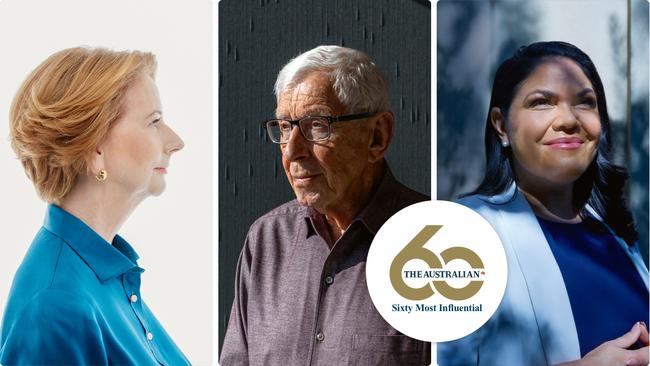
60 most influential people of the past six decades
To celebrate The Australian’s 60th anniversary, this masthead has brought together a list of those who have had an impact on all our lives.

To celebrate The Australian’s 60th anniversary, this masthead has brought together a list of those who have had an impact on all our lives.
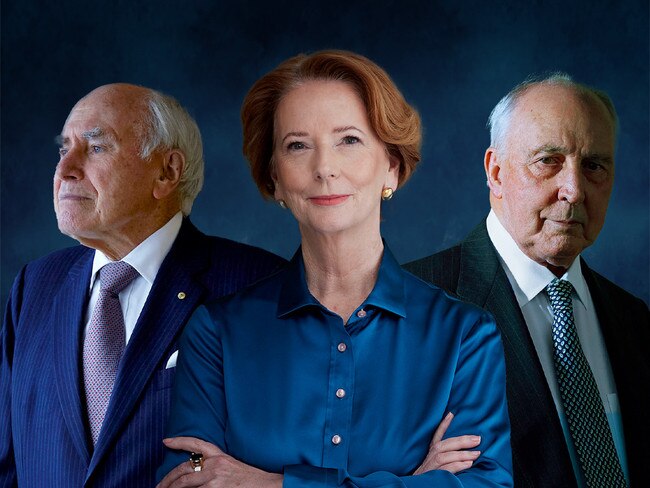
In a series of exclusive interviews with three living prime ministers, John Howard, Julia Gillard and Paul Keating discuss influence and their legacies.

Billionaire miner and investor Gina Rinehart wants Australians to keep their pressure up on politicians and says she uses only her influence to encourage policies which are clearly pro-Australia.

What do a tennis ace, a Hollywood actor, a football star and a tech entrepreneur have in common?
Our special series shows how The Australian covers the nation, with six senior writers tapping into the big issues from remote Western Australia to the Queensland coast.
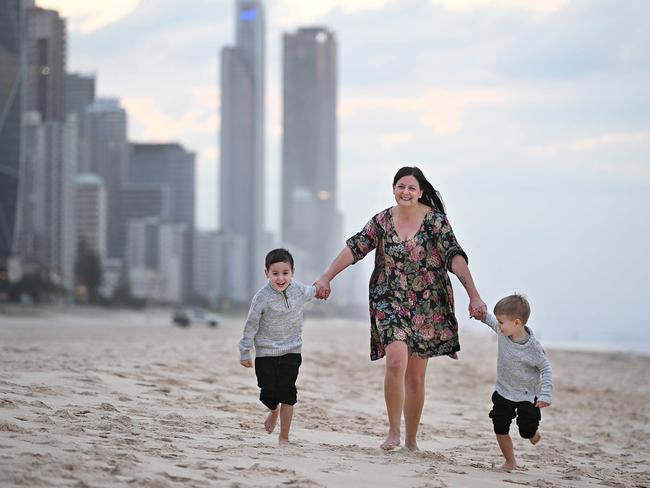
One long urban strip is forming as the gaps close between the Gold Coast, Brisbane and the Sunshine Coast.
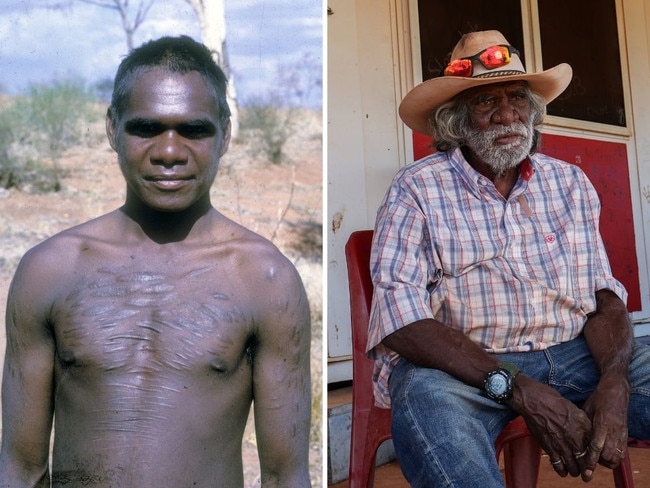
For 60 years, this Martu elder has led his people away from towns and back on to country – dry country – because he understands how the non-Aboriginal world works, and why it often does not work at all for his people.
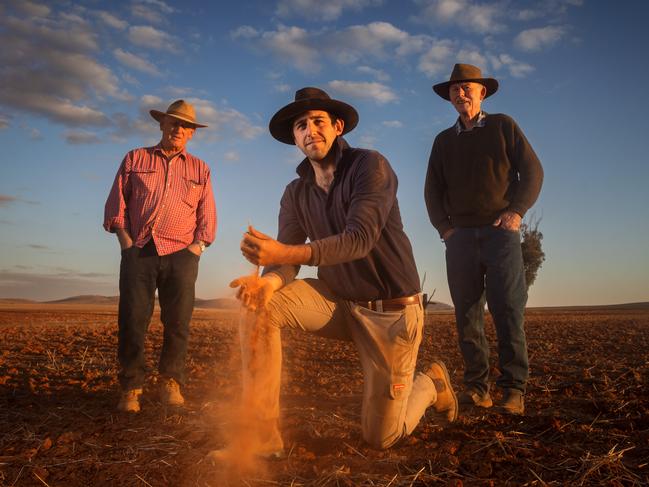
George Goyder’s Line was the one certainty farmers could count on in a heartbreak land where dust devils dance among the early settlers’ broken dreams. But what happens when even that constant fails? Can human ingenuity and perseverance hold out against climate change?
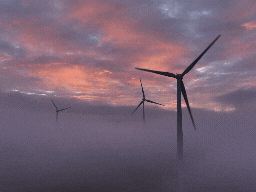
The land will be vastly altered: solar panels on the flats, wind turbines on the ridges and new high-voltage towers connecting it all, but the residents of these towns have more pragmatic things on their minds than rural scenery.
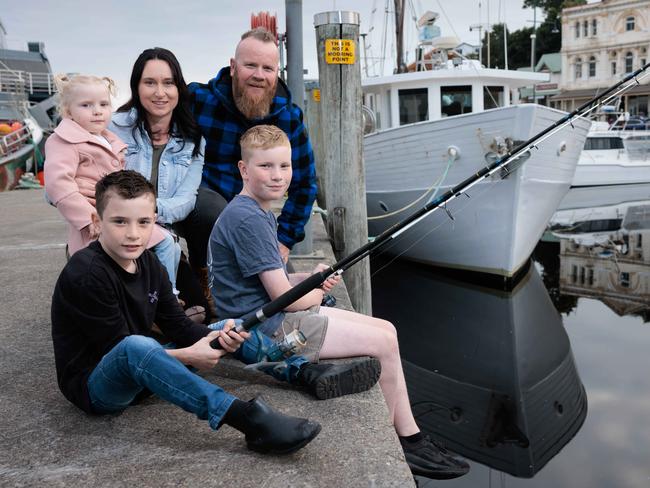
Logan Saltmarsh is worried. But it’s not schoolwork or bolshie big kids unsettling this 12-year-old; it’s Tanya Plibersek. In fact, the whole town of Strahan is on edge.

Not quite the Truman show, in this town educated families live in big houses, send their kids to new schools, push babies around in pram brigades and literally dance in the streets.

In an exclusive interview, News Corporation chairman Lachlan Murdoch speaks passionately about freedom of the press and its value to democracy in a troubled world, and tells of his love for Australia, ‘a country of great opportunity’.

Fifty people died on December 15, 2010, in the nation’s worst civilian maritime disaster in more than a century dominating. Of those who had boarded the SIEV 221 days earlier, only 42 people survived. Meysam Rahimzadeh was among them.
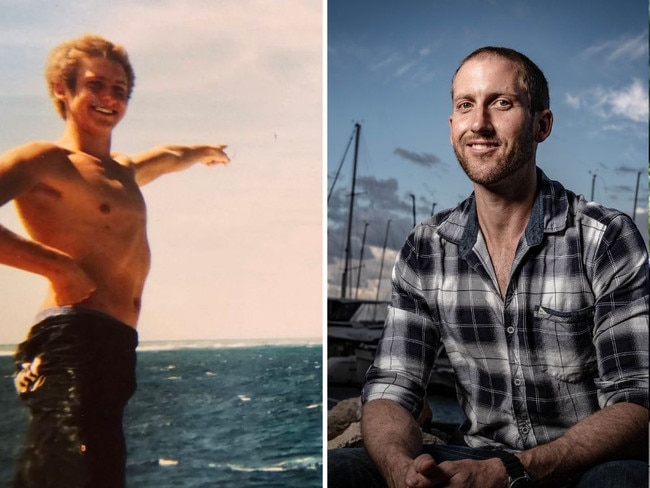
Chaice Grant was on his first sea voyage when he spotted a yacht in distress – hundreds of kilometres away from land. What happened next?
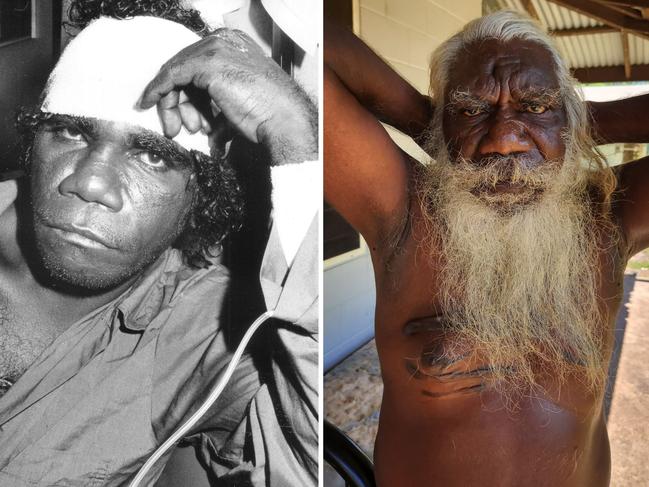
Johnny Banjo escaped a crocodile’s jaws of death after minutes of wrestling for his life. After poking the crocodile in the eye, Banjo grabbed his shirt and a loose can of beer before legging it on land. As it turns out, crocs are fast there too.
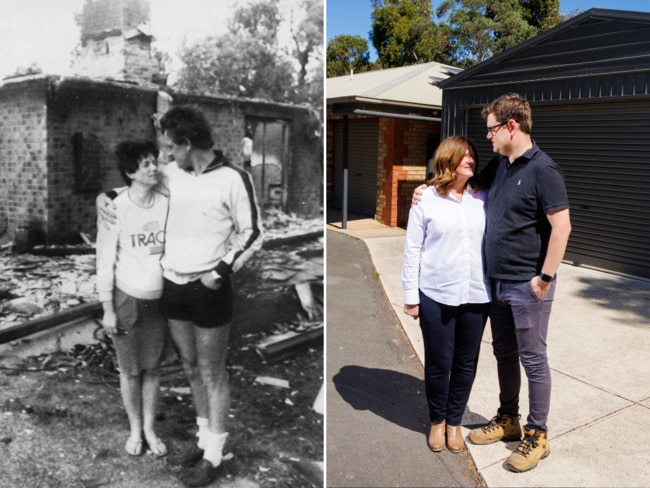
They lost their home in the 1983 Ash Wednesday fires. Just a few days later, Vivienne and Ian Kroehn were expecting their first child. What happened next?
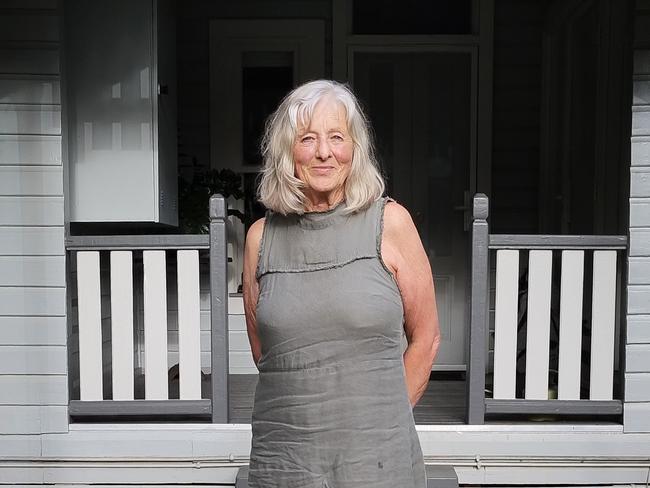
Fifty years ago The Australian reported a young Sydney woman had been arrested and jailed in Greece for having her boyfriend stay in her apartment. We’ve tracked her down to hear her story.
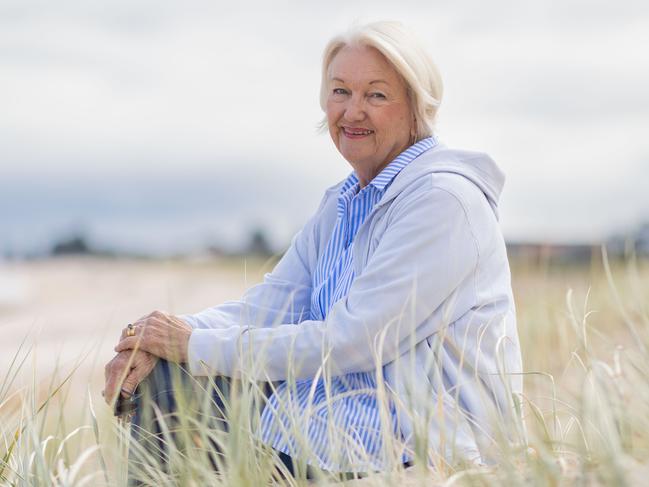
Marlene Dayman was 14 at the 1964 Tokyo Games. But after marching at the opening ceremony, she was banned from competing. When you give a teen a ‘life sentence’, how do they turn out?
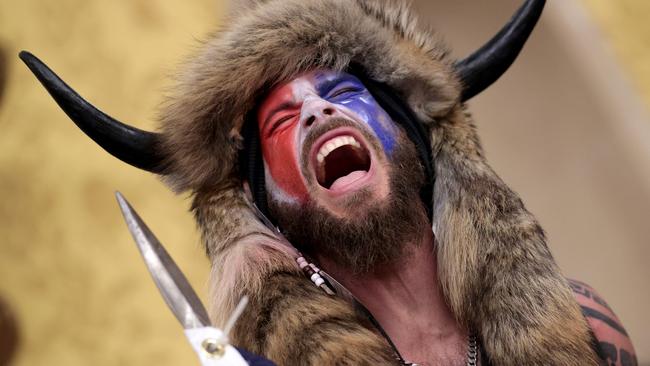
The Australian’s former US correspondent was outside the Capitol on the day an angry mob invaded, urged on by Donald Trump.
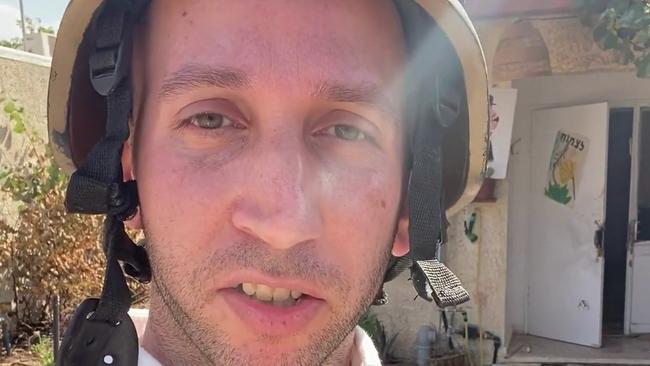
The kibbutzim might have been tiny villages but they were the model, in miniature, for how a future Israel could have looked next to its Palestinian neighbours. By all rights, our reporter shouldn’t have made it there. But he did.
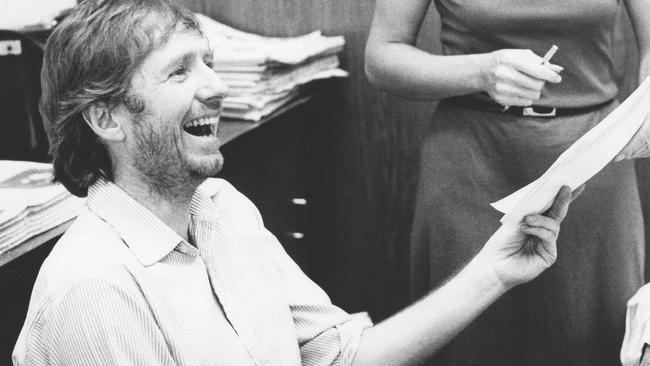
The story of a marriage forbidden revealed systemic racism and led to a life-long connection. For our 60th birthday, Hugh Lunn recalls this touching story.
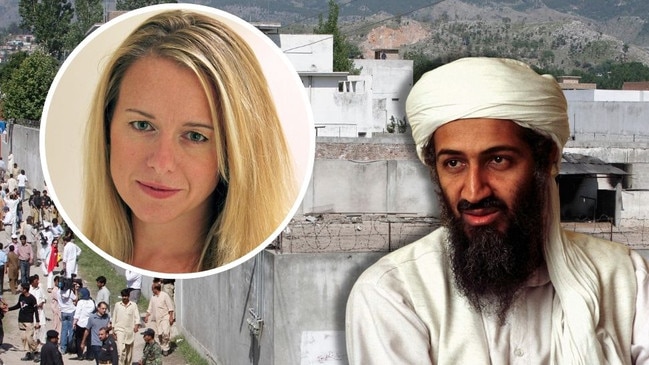
The Australian’s then-South Asian correspondent had numerous run-ins with armed Pakistani police while covering the story of the decade. But nothing they could dish out could have been worse than having to tell the editor she’d been kicked out.
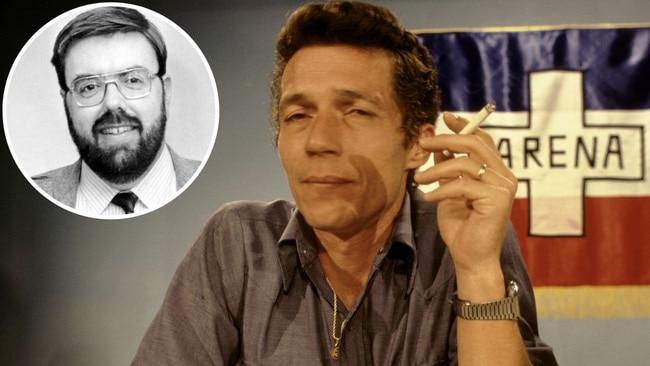
Getting to interview this man was challenging. He hated ‘gringo’ journalists and had vowed he’d never talk to one again. All of my peers warned me he goes crazy if you ask him about the death squads. But I had to try.
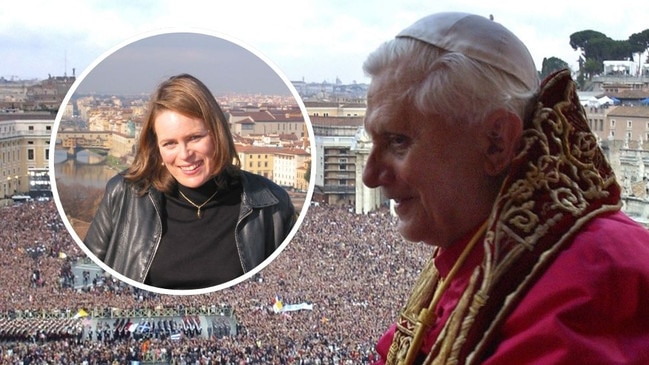
When the wisps of white smoke billowed from the Vatican chimney, The Australian newspaper had long been put to bed. Our correspondent couldn’t wait another day to file. We share this story for our 60th anniversary.
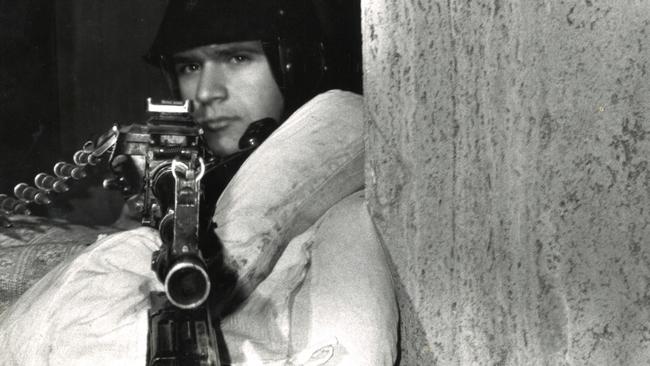
Being sent to cover the bloody overthrow of the communist regime in Romania was a seminal experience for a young reporter who would become one of The Australian’s most highly acclaimed journalists.
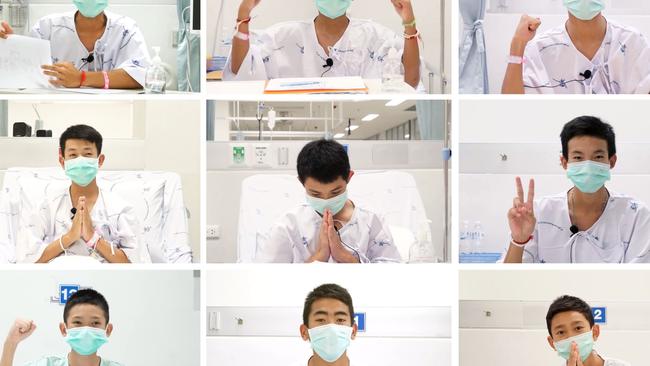
Reporting from the muddy mouth of the cave complex as a monsoon loomed, it felt crushingly inevitable we would be relaying grim news about a trapped junior soccer team. But then came a sudden turn.

The 2010s saw Bill Leak produce some of the best work of his career. His cartoons of this period are distinctive in their clarity of message and design, and devastating in content.

In a sport that has long been a byword for fair play, Will Swanton shares a nation’s disgust at the Australian team’s half-witted cheating in South Africa, and at their disgraced captain. We look back for The Australian’s 60th.

They gathered in darkness in unprecedented numbers, reaching more than 1000 people at least twice this week as they strive for entry to the exclusive club of those who have scaled Australia’s rocky, red heart. Here’s how we reported on it at the time.

A contrarian takes on lockdowns, Henry Ergas cuts through on the October 7 attack and its fall out, The Australian editorialises the second Elizabethan era and we examine eight reasons the referendum failed.
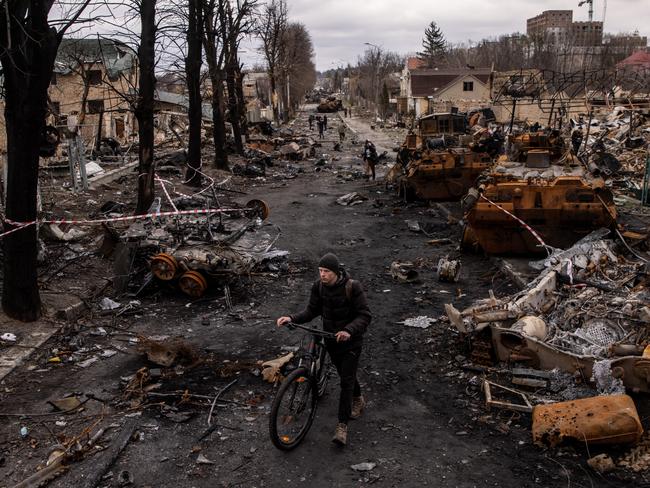
Rather than a world with strengthening ties, since 2010 they have been disintegrating. There is no peace in the Middle East, China aggressively prodded its neighbours and terror came home. We look at the past 14 years.

It was a period of monumental challenge and change. In this collection of images we have celebration, political dissent, civil objection, terror and human survival.
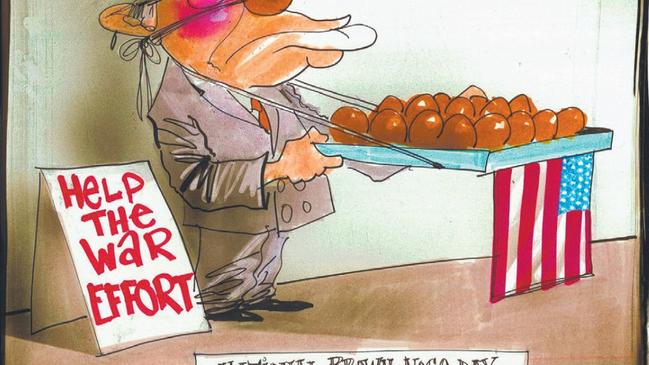
Look back at Brown Nose Day, Leak’s 2002 Walkley Award winning cartoon. It’s an example of Leak’s relentless skewering of prime minister John Howard – in this instance for his subservience to the United States.
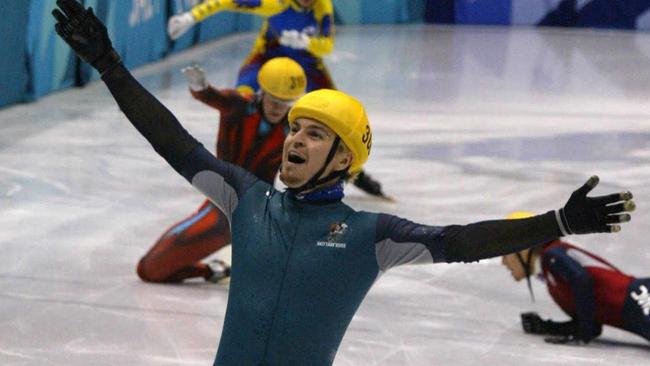
This Olympics win was so significant a new expression entered Australian vernacular. Do a Bradbury!

It was a long process but Ansett Australia, established in 1935, was unable to continue operating despite a tie-up with Air New Zealand, which many blamed for the airline’s continual losses. Attempts to reboot Ansett eventually failed in 2002.
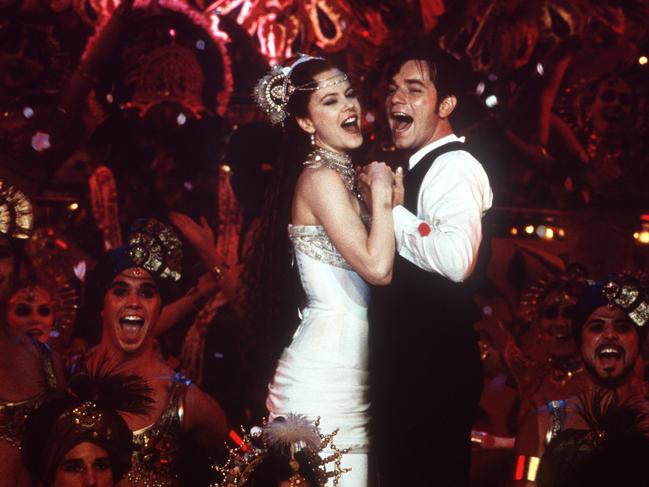
‘It’s shaping up to be either this enormously brilliant movie or this totally kyboshed turkey,’ one industry figure observed. How would you say it turned out?

In the commentary pages of The Australian, John Howard’s government was criticised as ‘reactive’ but Kevin Rudd’s administration was seen as dysfunctional.
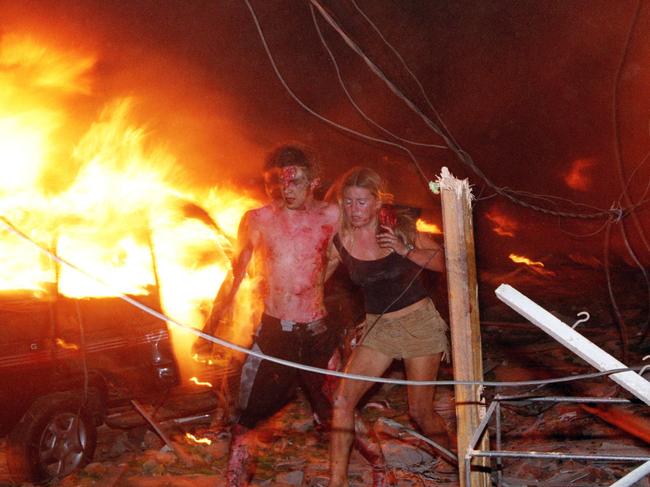
The image of Hanabeth Luke’s selfless help to an injured Tom Singer became etched on our memories in this challenging decade, along with moments of Olympic glory, a fire truck dwarfed by furious flames and Schapelle Corby facing Indonesian justice.
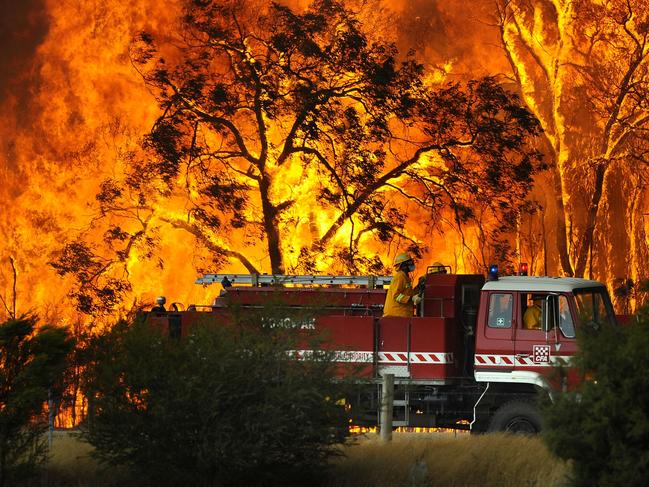
In the 2000s, an inferno ripped through Victoria, Kevin Rudd became prime minister, and the war on terror began. Where were you for each of these events?
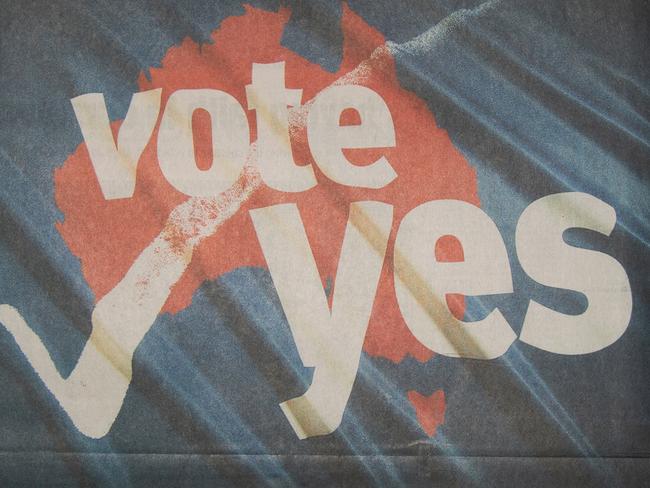
The Australian’s editorial was run off the front page, a rare occurrence and a sign of the masthead’s commitment to the republican cause in this country. We republish it here today for this masthead’s 60th anniversary.
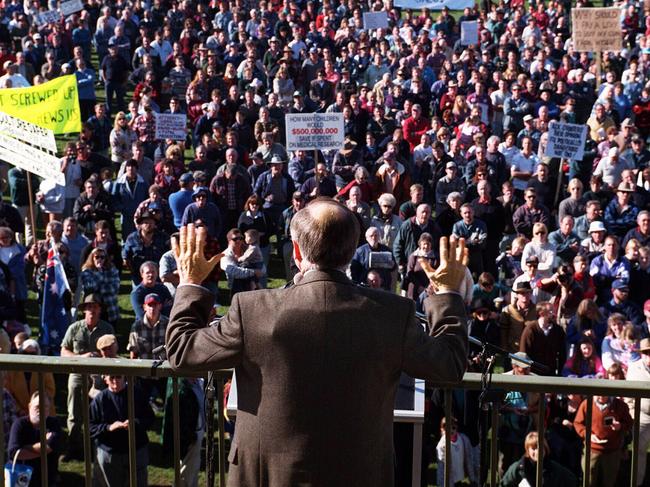
Photographer Ray Strange noticed something out of the ordinary when prime minister John Howard lifted his arms in front of a pro-gun crowd as he campaigned to bring in more restrictions. It was a sign of how heated the debate had become after the Port Arthur massacre.
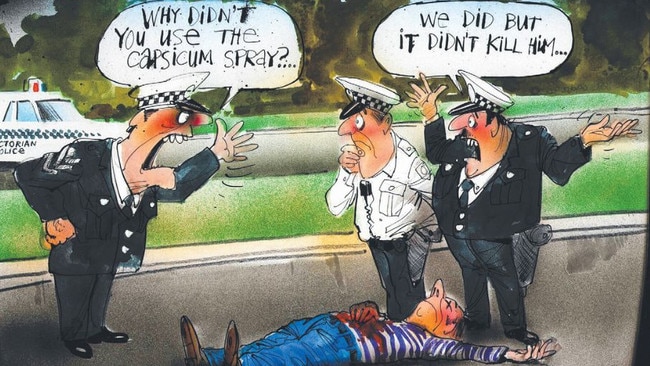
The swashbuckling Bill Leak entered the cartooning scene at The Australian in the 1990s in the era of Hawke, Hewson, Howard and Hanson. That combination makes a cartoonist very happy.
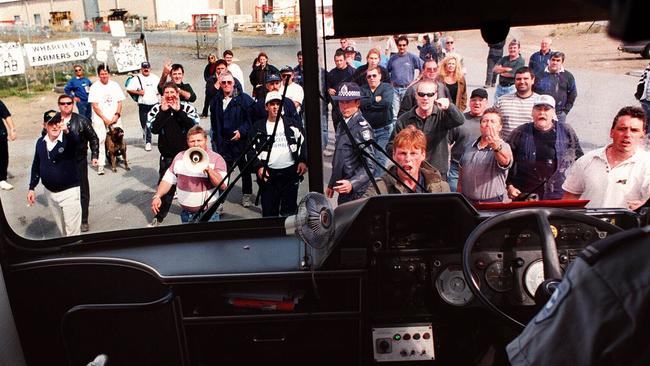
Patrick Stevedores’ sacking of 1400 workers was the start of all-out industrial warfare, backed by a government that wanted to break the Maritime Union of Australia’s waterfront power. But in the middle were ordinary workers.

Ear-stud-wearing former ‘party boy’ Shane Warne stunned the cricket world when he took out England’s Mike Gatting at Old Trafford with what became known as the Ball of the Century. Relive the glory here.
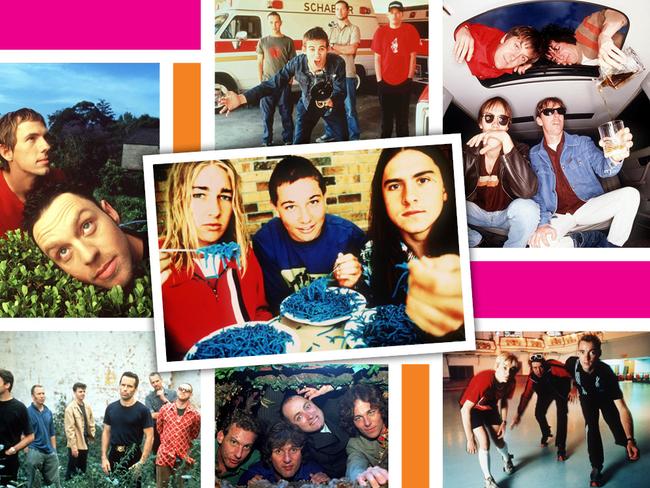
By the turn of the millennium, gigs will be obsolete, as will CDs, and we’ll all be getting our kicks from interactive computer concepts and feng shui classes. Iain Shedden disagreed. But how right was he?
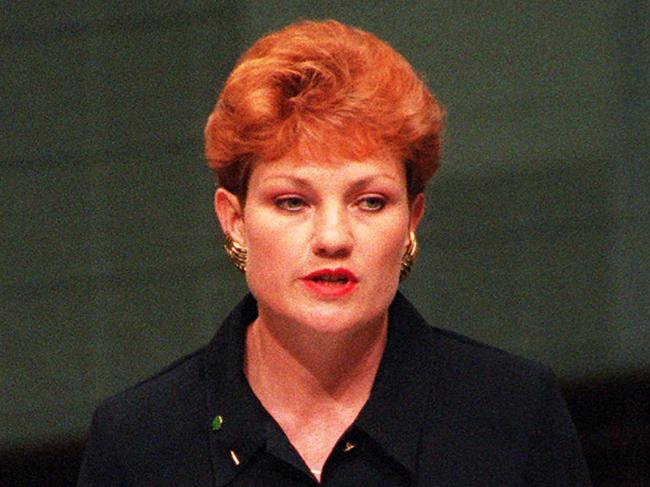
Columnist and former editor Frank Devine gets right to the point on Pauline Hanson’s divisive maiden speech in parliament: it has the ‘weight of a whisper’.
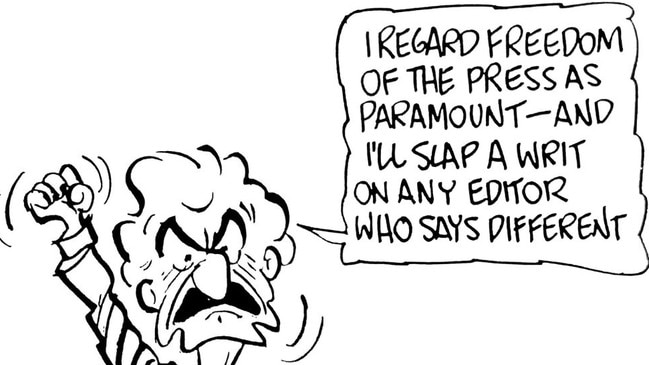
The 1980s were a gift with targets galore. International public figures included Ronald Reagan and Margaret Thatcher. In Australia, Bob Hawke emerged as the symbol of celebrity larrikinism.
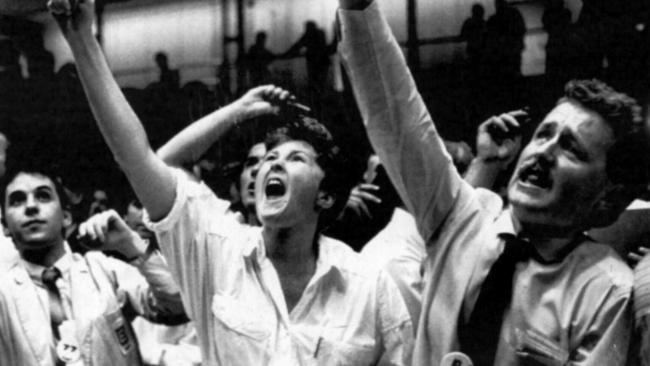
Plenty of investors took a hit when share markets crashed globally in 1987, but an even greater pain was felt in that big casino known as the Sydney Futures Exchange
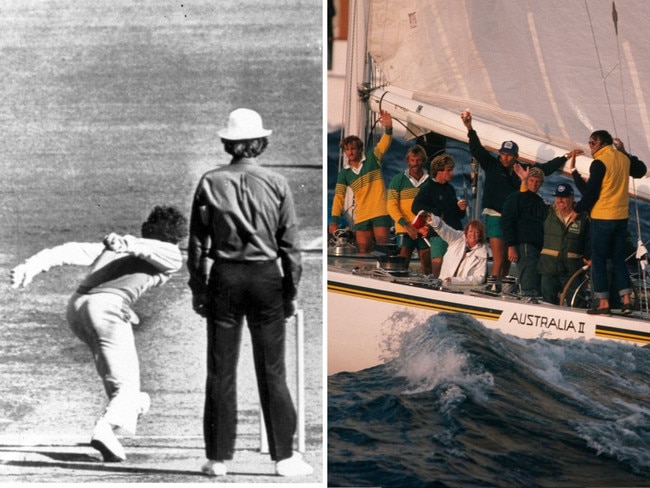
Millions of bleary-eyed Australians sat glued to their TVs to witness one of sport’s greatest moments — and got a free pass from the PM to take a sickie.

This film’s purpose is original, daring and important: it is to ‘explain what Gallipoli means to Australia’s history and our understanding of ourselves’.
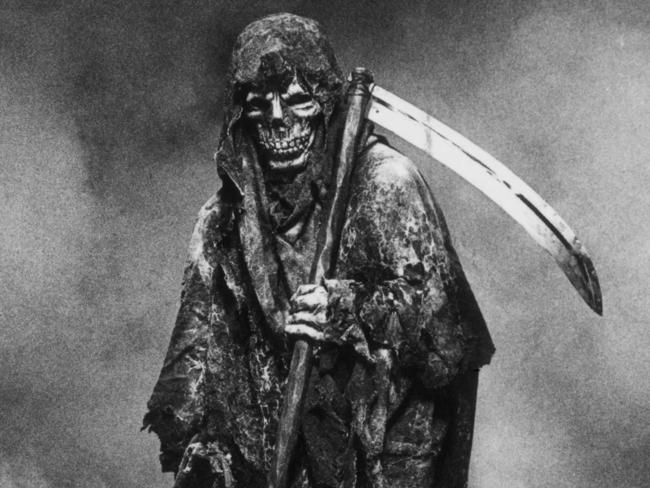
‘John’, who once worked for The Australian, was Sydney AIDS sufferer No. 20. He spoke to our reporter to explain his disease and society’s reaction to it.
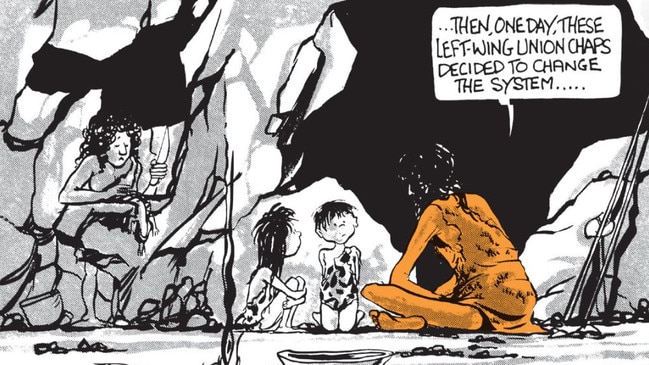
After serious political and social change in Australia in the 1960s, the attraction of rebellious leftist ideas danced into the 1970s. Our cartoonists found this era both dangerous and funny.
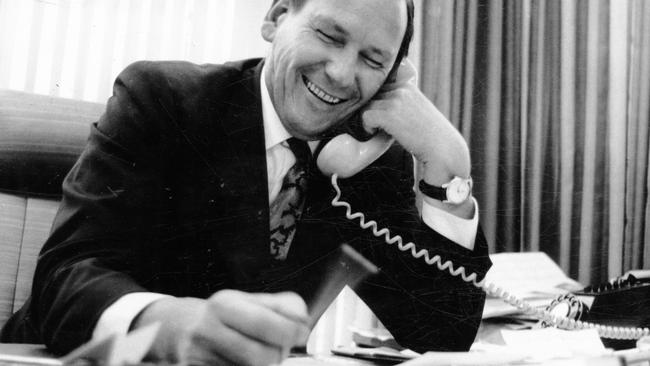
The god of earthquakes has a connection with the dry and dusty landscape of WA, given the land-shaking impact that Poseidon had on Australian sharemarkets in 1970.
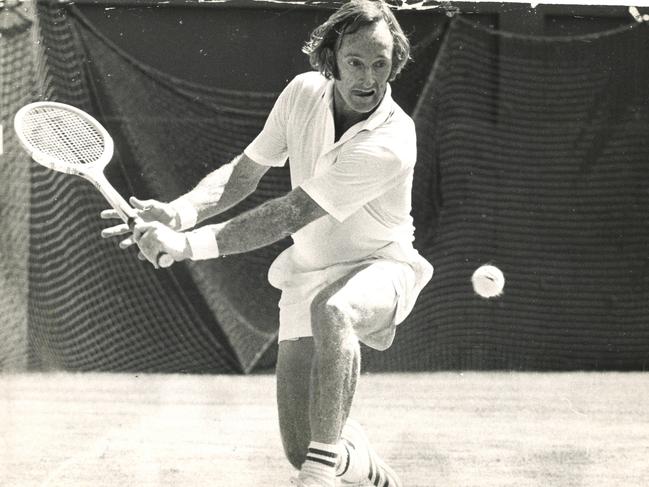
In the 1970s we saw intoxicating tennis and anti-apartheid protests as South Africa’s Springboks toured. Students of the form guide, however, had their mind on just one thing: that ‘intellectual Everest’, the next Melbourne Cup.
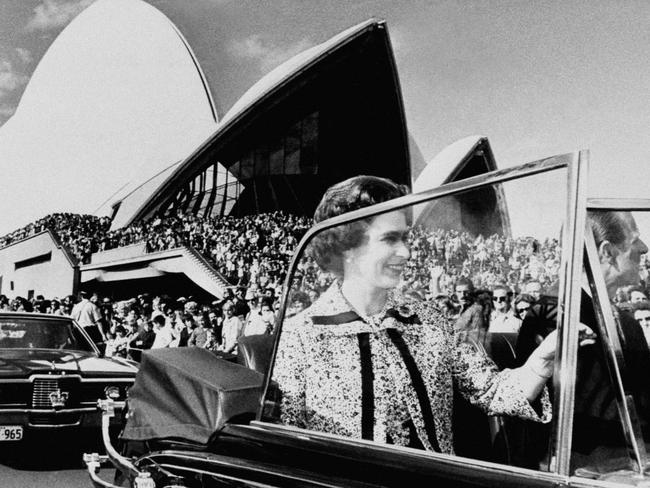
Massive crowds flocked to watch Queen Elizabeth open the Sydney Opera House in 1973, but there was one person missing: the building’s architect Joern Utzon. Or was his ghost a guest?

If we are not driving down our average roads, we are walking around with our eyes on the ground. In 1975, The Australian asked why the ambitions of Australians didn’t extend beyond sport.
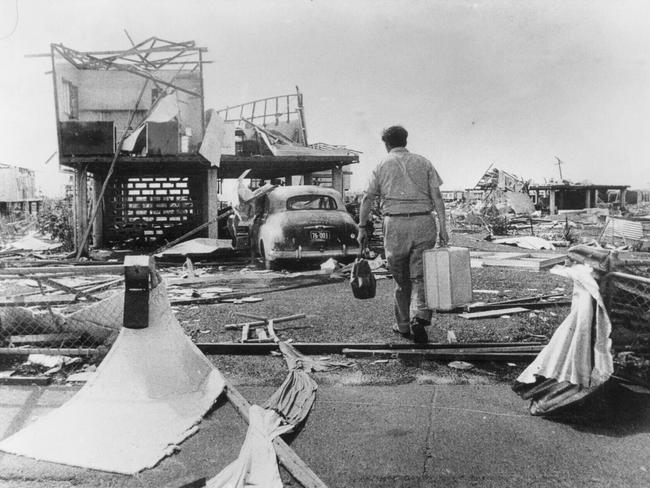
The 1970s were dramatically changing times. These pictures summarise these seismic shifts and show the way The Australian’s photographers bore witness to history.
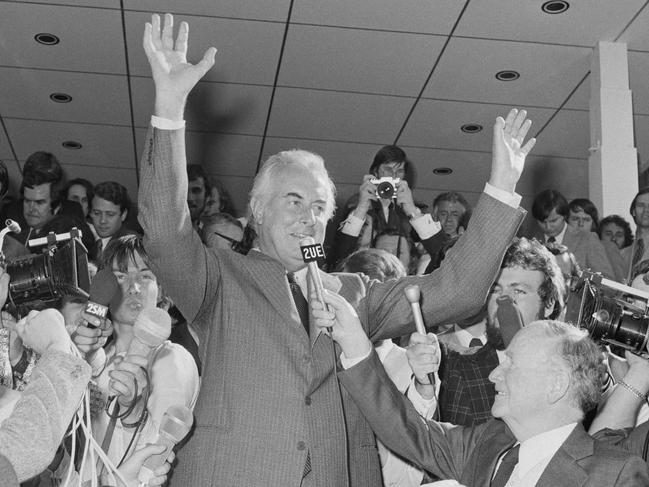
Political history moved fast in the 1970s, with the first Labor prime minister for decades, Gough Whitlam, being ousted in a constitutional crisis, and terror arrived on our streets. We look back for The Australian’s 60th anniversary.
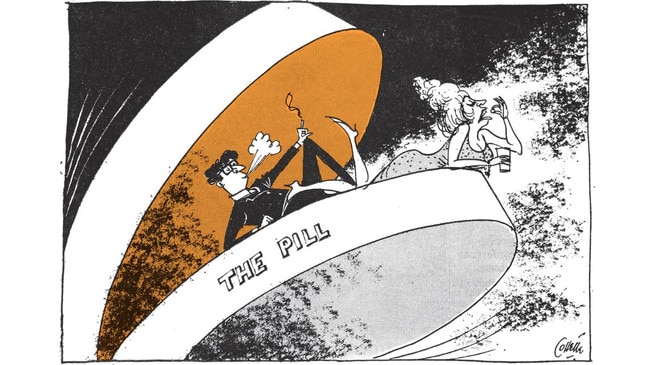
Cartoonists Bruce Petty and Aubrey Collette took a running jump into the newly established national masthead and fitted right in to the rebellious mood of an optimistic post-World War II political vision.
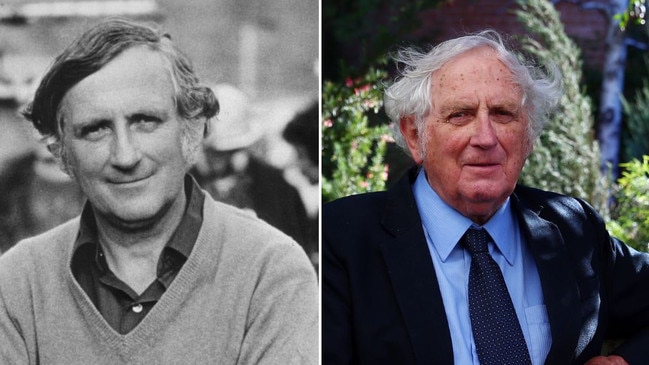
One of our most eminent historians also proved to be an expert on the future when he wrote about the fortunes of mining in December 1969, just before the great market bust.
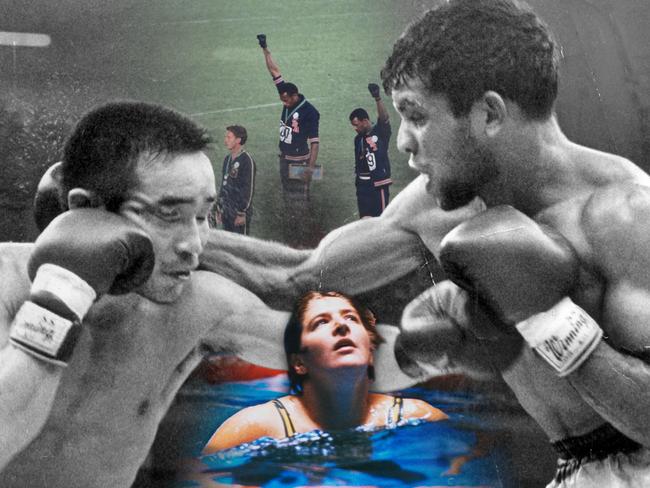
Boxer Lionel Rose became world champion, Dawn Fraser stunned with an Olympic threepeat – and then was banned – while Peter Norman’s sprint silver in Mexico was overrun by a Black Power salute. The Australian’s sport coverage in the 1960s was never dull.
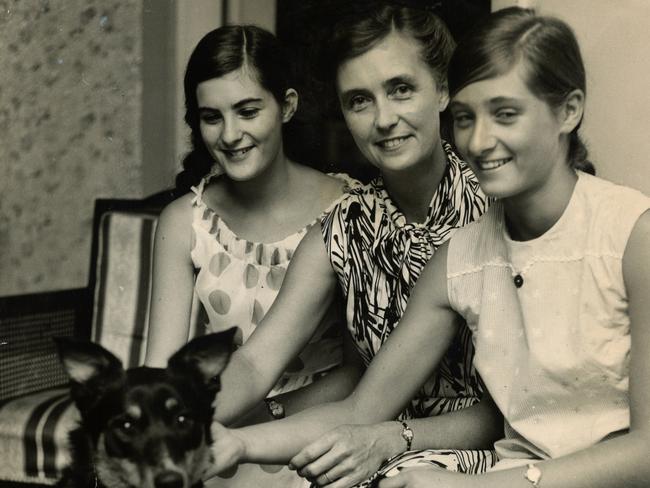
The first woman to be appointed to a chair at Sydney University, Leonie Kramer, had a balance other women might have envied. When interviewed by The Australian in 1968, she had just enjoyed ‘a nice vacation making jams and preserves’.
![Victoria River Downs Station, Northern Territory, handling of fully grown cleanskin cattle which had been captured in trap yard, 1953 [transparency]. Picture: Frank H. Johnston](https://content.api.news/v3/images/bin/a7b105e21565cf3274eef2afbe79db71?width=650)
The Australian has always stood for impartial, independent thinking. In the 1960s, we published the forthright views of maverick one-armed expeditioner Jock Marshall.
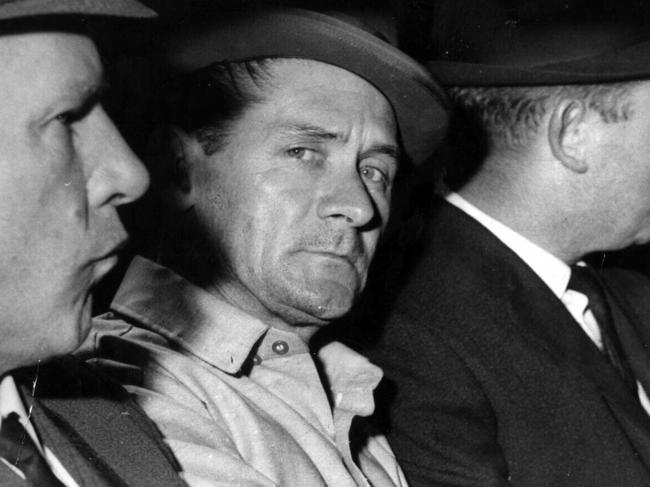
The Australian trawled its archives to find the most arresting images from six decades of journalism. These pictures, from war in Vietnam to Bart Cummings with a Melbourne Cup winner, all appeared in our pages.
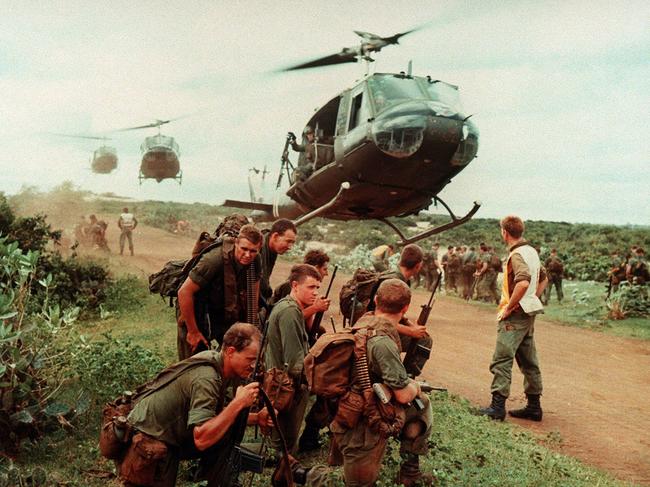
This decade was a time of fractious debate. Young protesters found lungs on the Vietnam war; a prime minister went missing; and people landed on the moon. We look back at the decade for The Australian’s 60th anniversary.

To celebrate The Australian’s 60th birthday, we’ve selected a stellar array of accommodation from city, coast and country. Here, we feature NSW and Queensland.

To celebrate The Australian’s 60th birthday, we’ve selected a stellar array of accommodation from city, coast and country. Here, we feature Victoria, Tasmania and SA.

To celebrate The Australian’s 60th birthday, we’ve selected a stellar array of accommodation from city, coast and country. Here, we feature Western Australia, Northern Territory and the ACT.
Original URL: https://www.theaustralian.com.au/60thanniversary